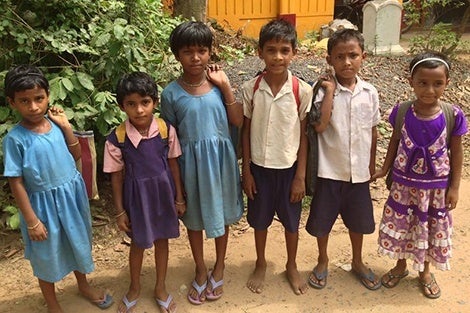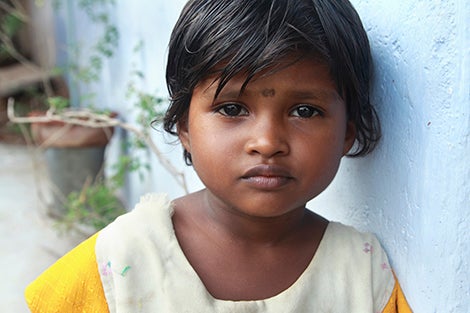New approaches to analyzing malnutrition data in India
There is substantial variation in child malnutrition across India’s 543 parliamentary constituencies, according to a new study led by Harvard T.H. Chan School of Public Health researchers. The study, published in SSM Population Health, examined four different methodologies…
Where you live affects your health
In Boston’s Roxbury neighborhood, life expectancy is less than 60 years, while in the Back Bay—just a couple of miles away—it’s close to 90. That’s according to the most recent data from the U.S. Centers for Disease Control…
U.S. life expectancy drops again
The latest statistics about life expectancy in the U.S. paint a bleak picture: 2017 is the third year in a row in which life expectancy declined. On average, Americans can expect to live until age 78.6, down from…
Income inequality, ill health and the tax bill
Professional medical societies representing more than 560,000 doctors have voiced opposition to the Republican tax bill primarily out of concern for its potential negative impact on the health insurance market, according to a November 30, 2017 article in…
A road map for reducing child stunting in India
Making nutritious food more affordable and accessible to poor families, boosting access to clean drinking water, and improving sanitation and education are all key to helping reduce child stunting in India, according to an op-ed co-authored by Harvard…
Millions of disadvantaged adults may not be getting the statins they need
The most recent guidelines on statins recommended that millions more Americans take the cholesterol-lowering drug to prevent cardiovascular disease. But most of this additional population are from disadvantaged backgrounds, making it more difficult for them to obtain the medications,…
After disaster, social ties may help elderly stave off cognitive decline
Among older adults whose houses were damaged or destroyed after the 2011 earthquake and tsunami in Japan, those who maintained stronger connections with neighbors and friends after the disaster experienced less cognitive decline.

Socioeconomic inequalities in childhood undernutrition persist
A new study is the most comprehensive analysis to date revealing the wide gaps in childhood undernutrition at the global level.

Elderly may face increased dementia risk after a disaster
For immediate release: October 24, 2016 Boston, MA – Elderly people who were uprooted from damaged or destroyed homes and who lost touch with their neighbors after the 2011 tsunami in Japan were more likely to experience increased…

Why do children become stunted?
August 8, 2016— Stunting—a condition in which children’s physical growth is lower-than-normal for their age—afflicts approximately 160 million children under age five around the world. It can diminish children’s cognitive development and put them at a higher risk for…
